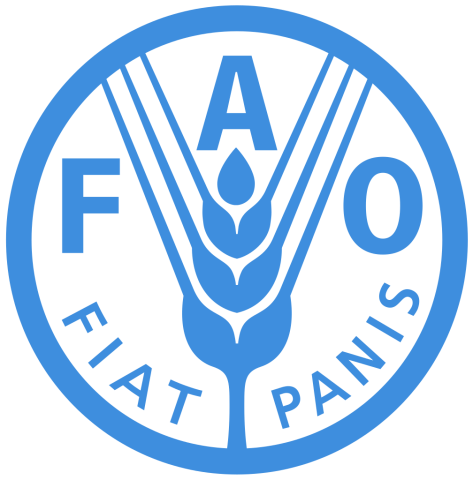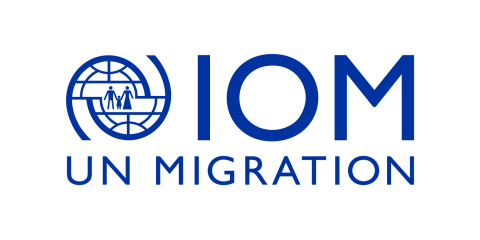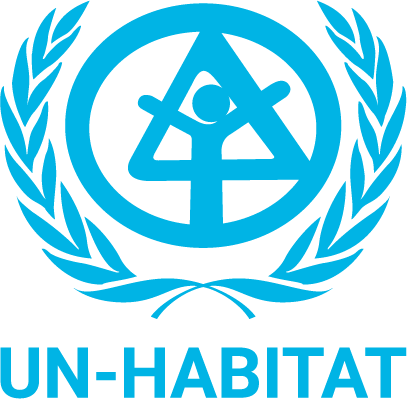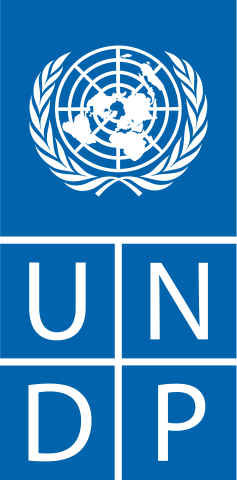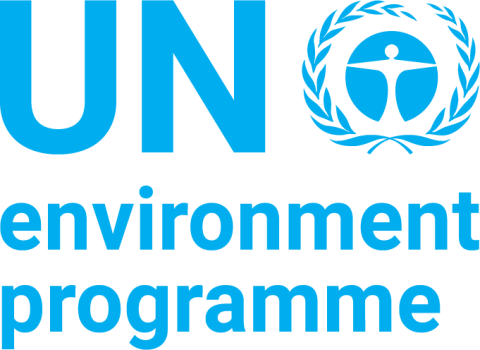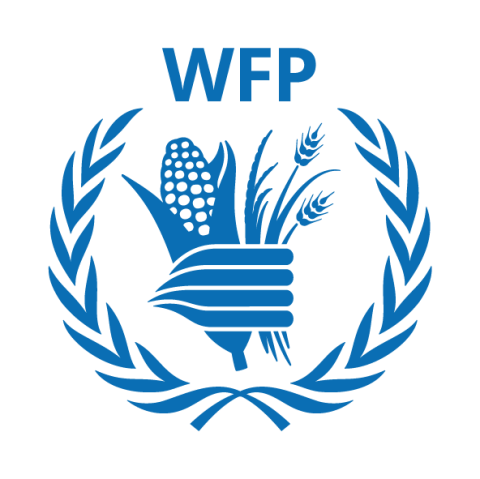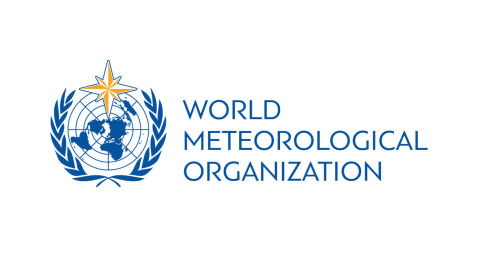
Breadcrumb
Preventing the worst when disaster strikes

The number of recorded disasters has increased fivefold over the past 50 years, and their effects are increasingly devastating for humans. At the same time, we know that many of the devastating consequences of natural hazards are preventable if tackled well in advance.
The United Nations Office for Disaster Risk Reduction (UNDRR) is the UN System entity with the main responsibility for the prevention or reduction of disaster risks. It leads governments and communities towards a better understanding and swifter action on these risks. Actions can range from short-term to long-term initiatives, from national governments to individuals.
Possible measures include assessing risks and developing response plans on a government level; constructing buildings in a way that they are more resistant towards earthquakes; teaching farmers how to render their harvest more drought-resistant, and to use more resilient crops; developing, on a community level, escape routes and safe zones available for citizens in case of a natural hazard, and making sure that everyone is informed about the right behavior in these emergency situations – e.g., by providing information in audio and video, word and pictogram, so that everyone can understand them.
Early warning saves lives
It is crucial to let people know that disasters are going to strike in good time before they are happening, so that everyone affected has a chance of seeking safety. Many governments have developed such early warning systems in forms of alarms, radio or sms, apps, etc. Unfortunately, not everybody has access to this lifesaving information:
"Today, one third of the world’s people, mainly in least developed countries and small island developing states, are still not covered by early warning systems... This is unacceptable, particularly with climate impacts sure to get even worse. Early warnings and action save lives. To that end, today I announce the United Nations will spearhead new action to ensure every person on Earth is protected by early warning systems within five years.” - UN Secretary-General Antonio Guterres (2022)
The Secretary-General started the Initiative “Early Warnings for All” which calls for Early Warning Systems for all citizens globally until 2027. The World Meteorological Organization (WMO), and DRR, are responsible for the implementation of the Action Plan.
The World Meteorological Organization, part of the UN Geneva family of organizations, collects and shares weather information, forecasts and climate updates. These can be used as the basis for early warning systems.
Another member in the initiative is the International Telecommunications Union (ITU). It emphasizes the critical role of information and communication technologies (e.g., phone or electricity networks) in disaster risk reduction and disaster management. ITU supports governments to establish national emergency plans and helps develop those critical early warning systems.
Anticipatory action is the next, and probably the most important step to prevent the loss of lives and other damage during a disaster. It means that action is taken when it’s clear that a disaster will strikes, but at a time when nothing has happened yet.
The bigger picture: the Sendai Framework
The Sendai framework for Disaster Risk Reduction is a voluntary agreement between Member States, spanning the years between 2015 and 2030. Its main aim is to reduce disaster risks and the related risks of losing lives, livelihoods, houses, wealth or health. UNDRR coordinates the implementation of the Sendai Framework.
The Sendai Framework's main goals
- Substantially reduce global disaster mortality by 2030, aiming to lower the average per 100,000 global mortality rate in the decade 2020–2030 compared to the period 2005–2015.
- Substantially reduce the number of affected people globally by 2030, aiming to lower the average global figure per 100,000 in the decade 2020–2030 compared to the period 2005–2015.
- Reduce direct disaster economic loss in relation to global gross domestic product (GDP) by 2030.
- Substantially reduce disaster damage to critical infrastructure and disruption of basic services, among them health and educational facilities, including through developing their resilience by 2030.
- Substantially increase the number of countries with national and local disaster risk reduction strategies by 2020.
- Substantially enhance international cooperation to developing countries through adequate and sustainable support to complement their national actions for implementation of the present Framework by 2030.
- Substantially increase the availability of and access to multi-hazard early warning systems and disaster risk information and assessments to people by 2030.
The framework’s midterm review in 2023 revealed that countries are not on track to achieve the goals set. For example, the number of people affected by disasters has almost doubled in comparison with the baseline decade 2005-2014. Nevertheless, some progress has been made: the number of casualties, for instance, reduced significantly over the last few years, and more countries have developed and implemented disaster risk reduction plans.
Organizations working on Disaster Risk Reduction
Established in 1951, IOM is the leading intergovernmental organization in the field of migration and works closely with governmental, intergovernmental and non-governmental partners. IOM works to help ensure the orderly and humane management of migration to promote international cooperation on [...]
The United Nations Human Settlements Programme, UN-HABITAT, is the United Nations agency for human settlements. It is mandated by the UN General Assembly to promote socially and environmentally sustainable towns and cities with the goal of providing adequate shelter for all.
UNDP is the leading United Nations organization fighting to end the injustice of poverty, inequality, and climate change. Working with a broad network of experts and partners in 170 countries, the agency helps nations to build integrated, lasting solutions for people and planet.
The UNDP Office in [...]
The UN Office for Disaster Risk Reduction (UNDRR) works towards the substantial reduction of disaster risk and losses to ensure a sustainable future. UNDRR (formerly known as UNISDR) is the focal point of the United Nations system for disaster risk reduction and the custodian of the Sendai Framework [...]
The United Nations Environment Programme (UNEP) is the leading global environmental authority that sets the global environmental agenda, promotes the coherent implementation of the environmental dimension of sustainable development within the United Nations system, and serves as an authoritative [...]
The United Nations World Food Programme (WFP) is the world’s largest humanitarian organization, saving lives in emergencies and using food assistance to build a pathway to peace, stability and prosperity for people recovering from conflict, disasters and the impact of climate change.
The WFP Geneva [...]
The World Meteorological Organization (WMO) is a specialized agency of the United Nations. It is the UN system's authoritative voice on the state and behaviour of the Earth's atmosphere, its interaction with the oceans, the climate it produces and the resulting distribution of water resources.

